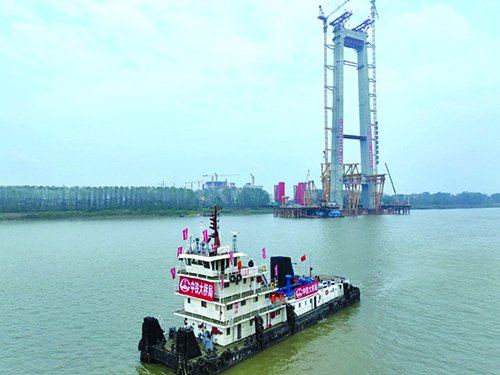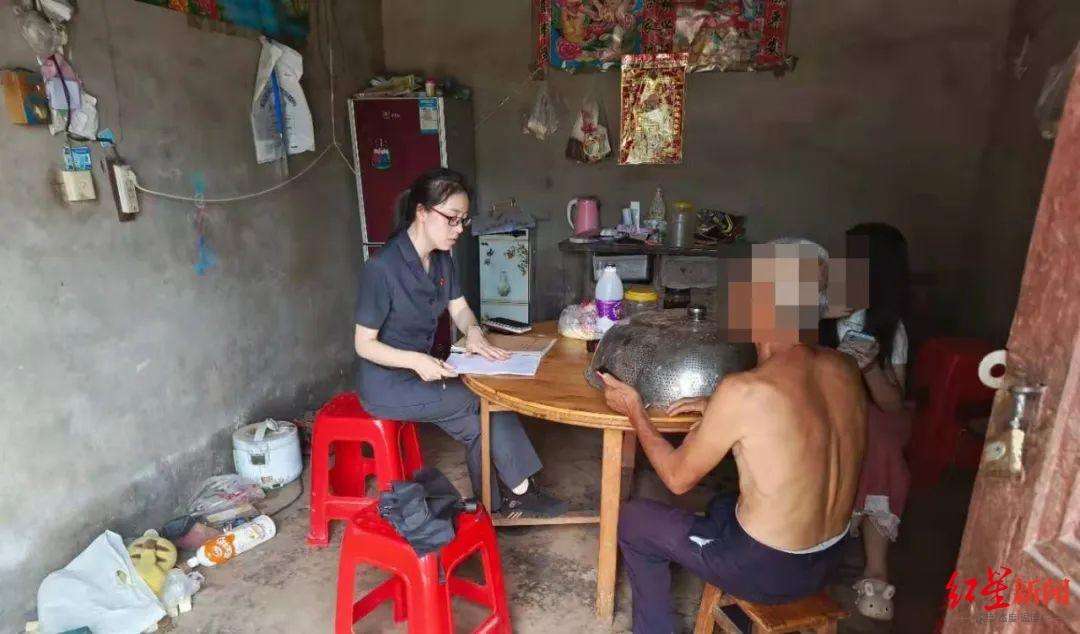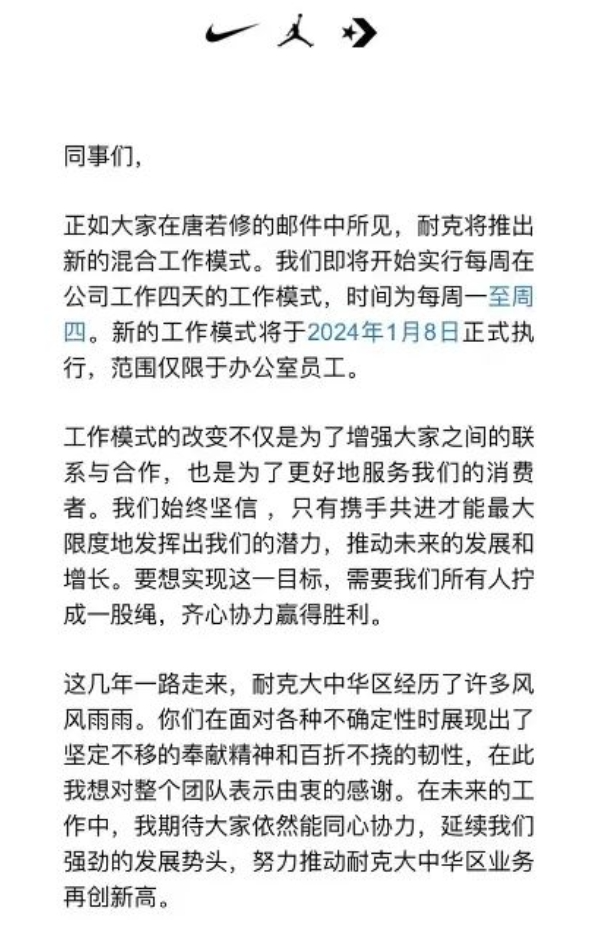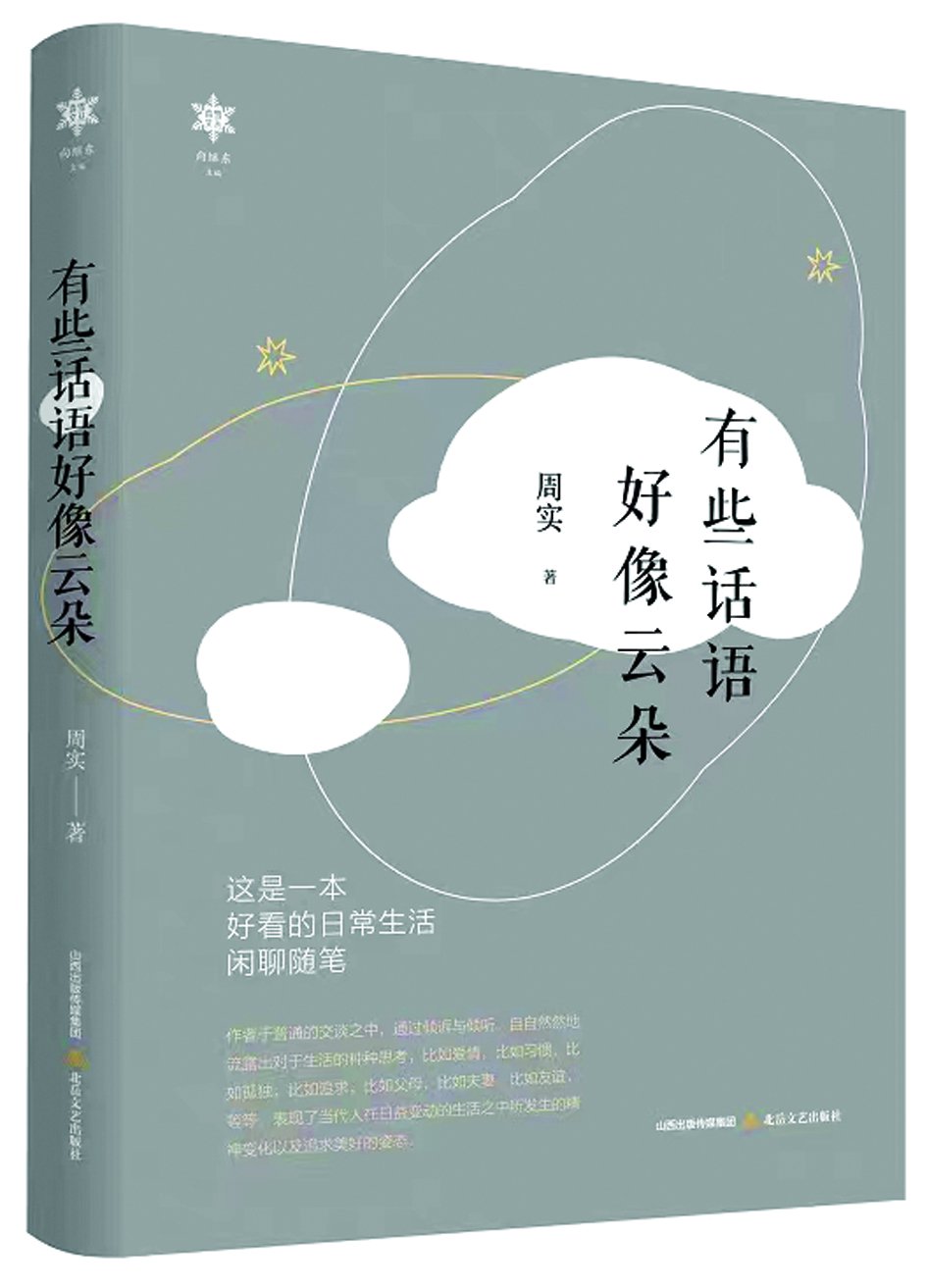“韩国”生育罢工:韩国再创世界最低生育率
今天,很高兴为大家分享来自中国日报网的生育罢工:韩国再创世界最低生育率,如果您对生育罢工:韩国再创世界最低生育率感兴趣,请往下看。
养娃太贵,房价太高,再加上疫情导致的经济不景气等因素,韩国生育率已经连续第六年下降,如今再度刷新世界最低生育率记录。除此以外,越来越多韩国女性不愿为了家庭牺牲自己的事业,这一切都导致韩国人口危机不断加速。

The fertility rate - the number of children born to a woman - has dropped again in South Korea. (Photo/AFP)
South Korea has again recorded the world's lowest fertility rate with the number sinking to a new low.
韩国出生人口再创新低,又一次创下世界最低生育率纪录。
The rate in the country first dropped lower than one child per woman in 2018.
2018年韩国生育率首次降到平均每名女性生育孩子数量不到一个的水平。
But on Wednesday, figures released by the government showed the figure had dropped to 0.81 - down from 0.84 the previous year, and a sixth consecutive decline.
然而8月24日韩国政府发布的数据表明,这一数据已经从一年前的0.84降到了0.81,连续第六年下降。
In comparison, the average rate across the world's most advanced economies is 1.6 children.
相比之下,世界最发达经济体的平均生育率为每名女性生育1.6个孩子。
Countries need at least two children per couple - a 2.1 rate - to keep their population at the same size, without migration.
一个国家中每对夫妇需要生育至少2个孩子(2.1的生育率)才能在没有移民的情况下维持原有的人口规模。
Fertility rates have "declined markedly" in the past six decades says the OECD - Organisation for Economic Co-operation and Development.
经济合作与发展组织称,过去60年来生育率已“显著下降”。
But the trend has been particularly pronounced in South Korea, where family sizes have reduced in the span of a few generations. At the start of the 1970s women had four children on average.
但是这一趋势在韩国尤为明显,韩国的家庭规模在过去几代不断缩小。上世纪70年代初,平均每名韩国女性生育4个小孩。
A declining population can put a country under immense strain. Apart from increased pressure on public spending as demand for healthcare systems and pensions rise, a declining youth population also leads to labour shortages that impact the economy.
人口减少会让一个国家承受重压。随着人们对医疗系统和养老金的需求增大,公共支出面临的压力与日俱增,除此之外,青年人口减少还会导致劳动力短缺,从而对经济产生影响。
In 2020 there was widespread alarm in South Korea when it recorded more deaths than births for the first time.
2020年韩国登记的死亡人数首次超过出生人数,引发普遍的恐慌情绪。
In recent years, economic pressures and career factors have been key considerations for people deciding on children, experts say.
专家指出,近年来经济压力和事业方面的考虑一直是人们决定是否要小孩的关键因素。
For the 2021 figures, experts cited higher living costs, a spike in house prices and the impact of the Covid pandemic as factors discouraging them from having children.
专家称,从2021年的数据来看,生活成本上涨、房价飙升和疫情影响都是阻碍人们生育的因素。
A crisis is brewing. If South Korea's population continues to shrink, there won't be enough people to grow its economy, look after its aging population, and conscript into its army.
一场危机正在酝酿当中。如果韩国人口继续缩水,将不会有足够的人口来发展经济、照顾老龄化人口和征兵入伍。
Politicians have known for years this is coming but have been unable to fix it. They have thrown billions of dollars at trying to convince people to have children and are still scratching their heads as to why this hasn't worked.
多年以前,韩国政界人士就意识到这场危机即将来临,但是却一直无能为力。他们投入了数十亿美元试图鼓励人们去生孩子,但是却没有奏效,他们也感到很费解。
Money of course is a factor. Raising children in South Korea is expensive, and many young people are sinking under astronomical housing costs. But this is also about opportunity.
缺钱肯定是影响生育的因素之一。在韩国养孩子很烧钱,许多年轻人都因高昂的房价而压力山大。但是人们选择不生育也和工作机遇有关。
Women in South Korea are highly educated, yet far from equal in the workplace. The country has the highest gender pay gap of any rich country. Most of the housework and childcare in South Korea still falls to women and it is common for women to stop work after having children or for their careers to stagnate.
韩国女性普遍受过高等教育,但是在职场上的地位却远远不能和男性相提并论。韩国的性别收入差距在富国中是最大的。在韩国,家务和育儿重担都落在女性肩上,女性在生完孩子后不再工作或事业陷入停滞的情况很常见。
Essentially, many women here are still forced to choose between having a career and having a family. Increasingly they are deciding they don't want to sacrifice their careers.
基本上,许多韩国女性仍被迫在事业和家庭之间做选择。越来越多女性决定不牺牲自己的事业。
As one woman put it to me: "we are on a baby-making strike".
就像一位韩国女性说的那样:“我们正在生育罢工。”
英文来源:BBC
翻译&编辑:丹妮
好了,关于生育罢工:韩国再创世界最低生育率就讲到这。
版权及免责声明:凡本网所属版权作品,转载时须获得授权并注明来源“科技金融网”,违者本网将保留追究其相关法律责任的权力。凡转载文章,不代表本网观点和立场,如有侵权,请联系我们删除。
相关文章
- “在我”忆来只把旧书读
- “科博会”芜湖科博会集中展示大国重器
- “诗人”带着大海散步的人
- “宁德”宁德时代三季报:业绩增速放缓、海外市场份额扩大
- “新材料”信金控股完成新一期人民币基金首关
- “同比增长”失守3000点后,A股市场的危与机|智氪
- “商务部”商务部:达成共识!
- “基金”又一家基金公司换董事长,年内公募高管变动人数增至321人
- “模型”解决大模型复现难、协作难, 这支95后学生团队打造了一个国产AI开源社区
- “教师”北京化工大学回应学院院长被指骚扰教师:已成立工作专班,对师德失范问题零容忍
- “女性”华映投资企业MAIA ACTIVE业务被安踏集团收购丨华映Family
- “亚洲”设计师运动服品牌MAIA ACTIVE业务被安踏集团收购
- “女性”调查称亚太女性科技工作者在不断流失,呈“泄漏管道效应”
- “戈尔”哈佛大学教授荣获诺贝尔经济学奖:接到电话时正在睡觉,系该奖项史上第三位女性
- “韩国”韩国科学家抗议削减研究与试验发展预算
- “苹果公司”被指滥用市场垄断地位 谷歌苹果在韩面临重罚
- “韩元”韩国或对苹果和谷歌罚款680亿韩元
- “埃及”人口过剩,埃及最大的威胁?
- “女单”国羽女团亚运摘银,21岁韩国“天才少女”安洗莹曾称为击败陈雨菲三年没休息过
- “乌克兰”有医学背景的乌克兰女性10月1日开始登记服兵役,“辞职潮”席卷药店









